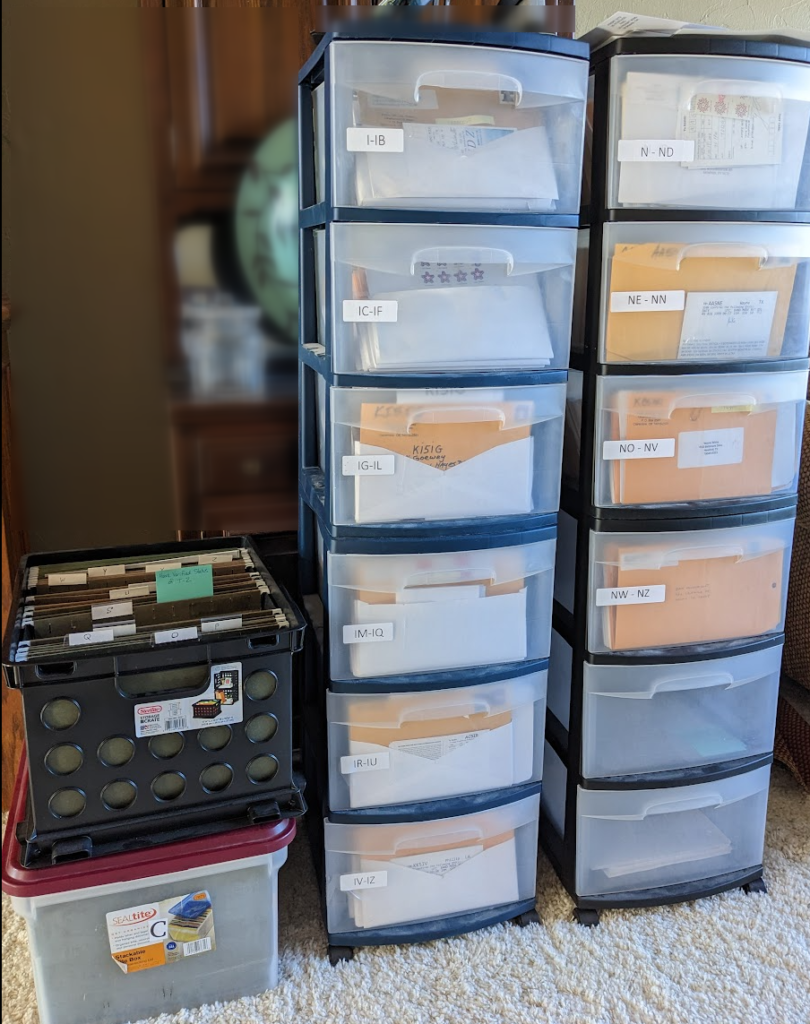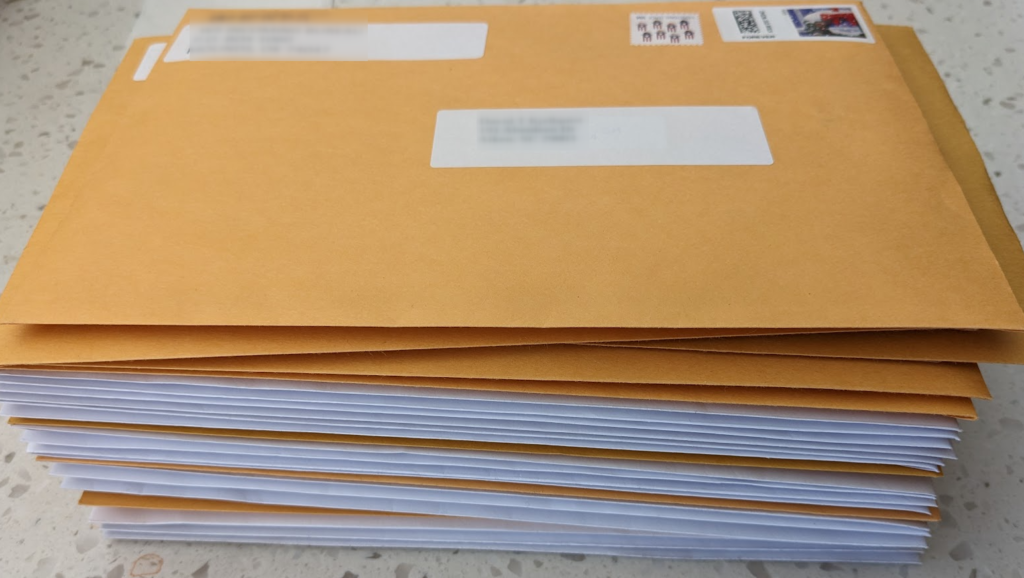Have you ever wondered how the QSL Bureau works? I’m not going to retype it all but I will give you a few links. In a nutshell, to reduce international QSL costs many countries establish QSL card bureaus and they ship cards internationally at bulk freight cost instead of per letter cost. When they have enough cards to fill a box destined to another call area they ship it. This can mean that it may take a year or longer to receive a card, but you can send 10 cards for $2 which is about what it costs in postage to send a single card direct (not to mention the cost for the return envelope and $3 to $5 you have to include for the return postage).
Unfortunately not everyone uses LoTW and this or direct mail (or OQRS) is the only way to get a confirmation. I wish everyone would use LoTW.. My philosophy, use LoTW for confirmation and use the bureau for a paper QSL card memento.
Here is the link to the ARRL Outgoing QSL Bureau. This is used when a U.S. station is sending cards to DX. http://www.arrl.org/outgoing-qsl-service
Here is the link to the ARRL Incoming QSL Bureau. This is used by DX Bureaus sending cards to U.S. stations. http://www.arrl.org/incoming-qsl-service
Here is information regarding the W5 Incoming QSL Bureau.
http://www.w5incomingbureau.net/
Before I show what a incoming bureau looks like, first let me plead to everyone to help your bureau volunteer card sorter by having your complete information on QRZ.com. We need to know if you even want bureau cards. We need to know your e-mail address. Furthermore, this informs DX operators if they can send you a card via the bureau. If you say “No Bureau” or “ARRL QSL Bureau” your saving them and us volunteers a lot of time.
How to properly configure QRZ.COM
Configure your QSL tagline to indicate if you accept Bureau cards and configure your e-mail address.

To add this information, click Edit Account then choose “Update the basic callsign data”.

Then at the bottom of the page, you will see the QSL Info and your public e-mail address. Set them appropriately so your volunteer bureau card sorter is informed of how to contact you and your QSL intentions.

And now for a peek inside the incoming bureau.
In our example, I have a U.S. 5 call, N5ZY. You may remember from your Technician class that US call prefixes are K, W, N, AA and AK. And you may remember there are call regions however they are no longer restricted to specific states (people moving around the country can keep their callsign).
My wife and I are volunteers for the 5 region or commonly called W5.
She and I sort cards for any 5 call that is followed by C, I or N. E.g N5CI or NC5I or KG5IXY is sent to us. Incoming cards are sent by DX bureaus to our W5 call area manager who sorts them out for the various field sorters. In our case, when our manager has a USPS Priority Mail flat rate box completely full of cards to 5C, 5I or 5N call holders he seals the box and mails to us. We then sort these cards out for each individual callsign and either store them until we have 1 oz of cards or we trash them if the recipient does not want to receive cards via the bureau (or is SK or Expired).
Here at the W5 managers house is a stack of boxes that arrived from other countries (Japan, Germany and Italy I believe)

As these cards are unboxed they have to be sorted for sending to the final sorter (like my wife and I). Any cards destined to us land in the C, I and N slots. Each final sorter has several letters.

These slots when filled then go into a USPS Priority Mail box and ship out for final sorting. Here is a picture of a heavy box we received.

At our house we then sort the cards and store them per recipient.

Here are the stacks of envelopes our manager has printed and the stamps purchased by bureau recipients in the W5 area. Our manager mails these to us as recipients add funds to the bureau. We store them along with the recipients’ cards. We stuff an envelope and mail it when the recipient has about 1 oz of cards (usually 6 cards).

Here is a stack of envelopes filled with cards (1 to 3 oz) and on their way to the recipients! Envelopes with more than 1oz have an “additional ounce” postage stamp or two.

That is it! It is a straightforward process but it is time consuming when a unknown, new callsign shows up and they didn’t bother to fill in QRZ with the detail we need to contact them. We will make some effort but if we cannot determine how to contact the person then they go right into the trash which I hate to do.. So.. nudge nudge… encourage your friends to fill out their QRZ info!